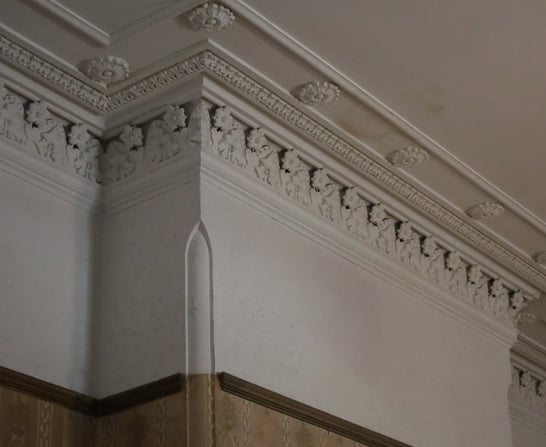Services
Praevius Heritage provides a wide range of heritage reporting services. We produce management plans, colour studies, archival recordings and heritage assessments.
We can offer heritage services to suit your specific needs. As an industry professional, Praevius Heritage can also provide expert advice about which kind of heritage services your unique situation may require.
See below for further information about the services we offer.


1 | Heritage assessments
Heritage assessments evaluate the historic, cultural, social, technical and aesthetic significance of a building. The assessment includes a detailed history of the property to help understand what is historically important and an assessment of the current fabric (materials the building was constructed with) including condition and integrity. A comparison to other similar buildings may also be conducted if appropriate to assess characteristic or rarity values.
This information is then presented in a report that defines the heritage significance of the site in general, and important elements in particular. This helps owners/managers of heritage properties to have a clear understanding of what is significant.
This report is usually undertaken when no previous assessment has been done, and may be required by Councils before they will assess any proposed changes to a property.
3 | Heritage impact reports
Heritage impact reports are used to assess how a proposed action might impact a place's heritage value. The document provides an assessment of the proposed changes/development within the framework of the significance of the place. It can also demonstrate any mitigation or management actions that are proposed to ensure that the heritage significance is protected.
This report is usually required by Council or State Heritage branches as part of Development Applications or Exemption Certificates, and is based on information provided by the client and architect.
Commonly known as a Heritage Impact Statement (HIS), Heritage Impact Assessment (HIA) or Statement of Heritage Impact (SoHI).
4 | Archival recordings
Archival recordings are used to document a building, site, or object's physical condition at a specific time, usually prior to any proposed works that may impact on the fabric of the place. This report involves inspecting and photographing the place and providing an understanding of the history and significance of the building. This information is then compiled into a report, with a catalogue of photographs. The photographs are also provided as high resolution files as required by the relevant State Heritage branch.
Commonly known as an Archival Recording (AR) or Photographic Archival Recording (PAR).
5 | Colour studies
Colour studies seek to analyse and identify the original colour schemes used on a heritage building or object. This involves researching historical documents, examining physical evidence, and using colour-matching techniques, including paint scraping (carefully removing small patches of paint), to determine what the original colour scheme was like. Colour studies may include a modern colour scheme based on the understanding of the original scheme.
2 | Management plans
Management plans are comprehensive documents that outline why a property is important, how it should be maintained and cared for, and where/how changes may occur without impacting on the heritage values of the place while in line with Council and/or State regulations.
Like heritage assessments, a management plan includes a detailed history of the building, an assessment of the current fabric (materials the building was constructed with), and comparison to other similar buildings if appropriate. However, a management plan also provides policies on the management, maintenance, opportunities, permissible development, and change that may occur to bring the property in line with contemporary usage expectations.
Commonly known as a Conservation Management Plan (CMP) or Heritage Management Plan (HMP).
